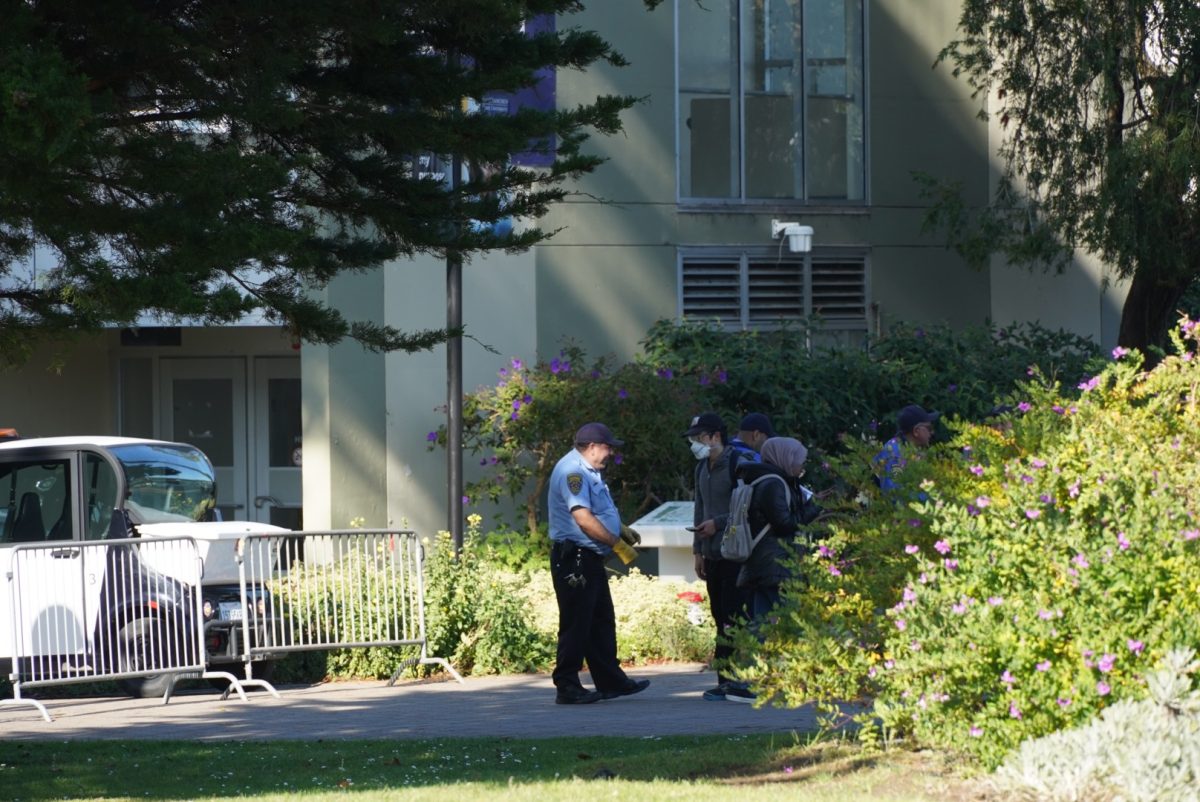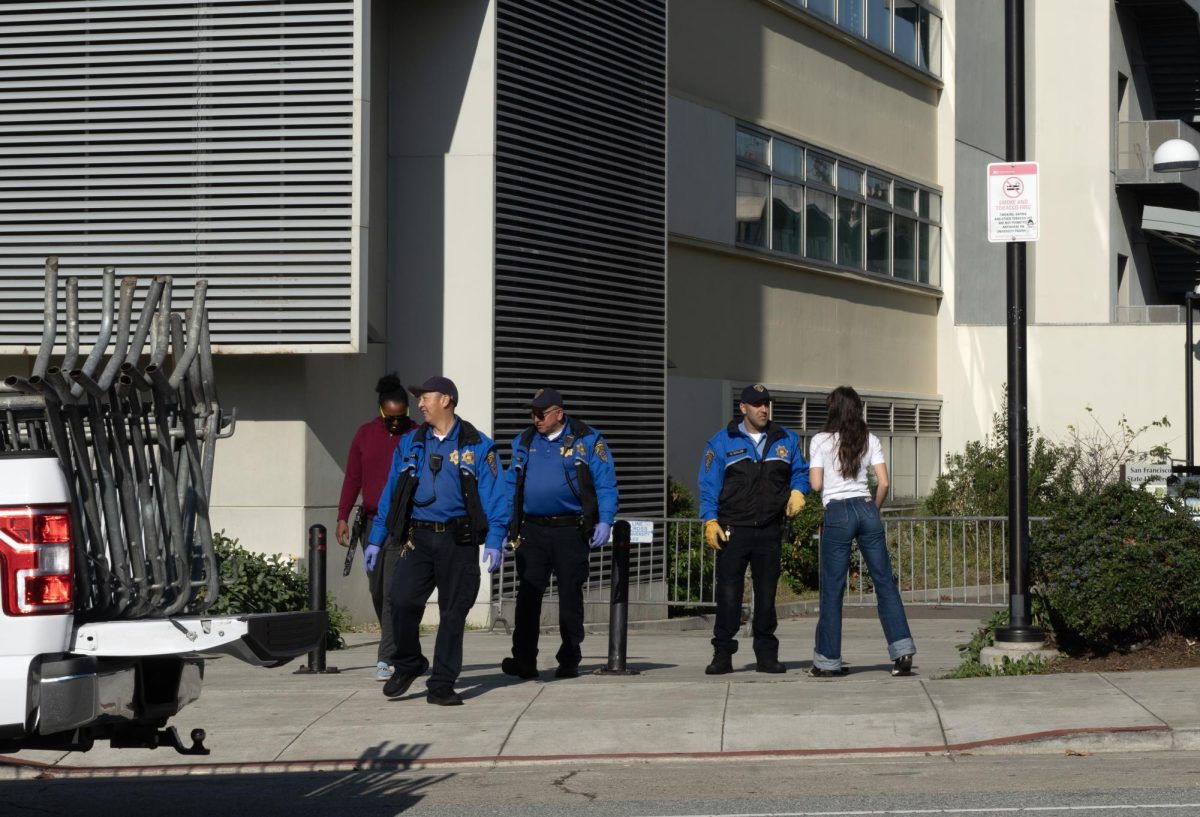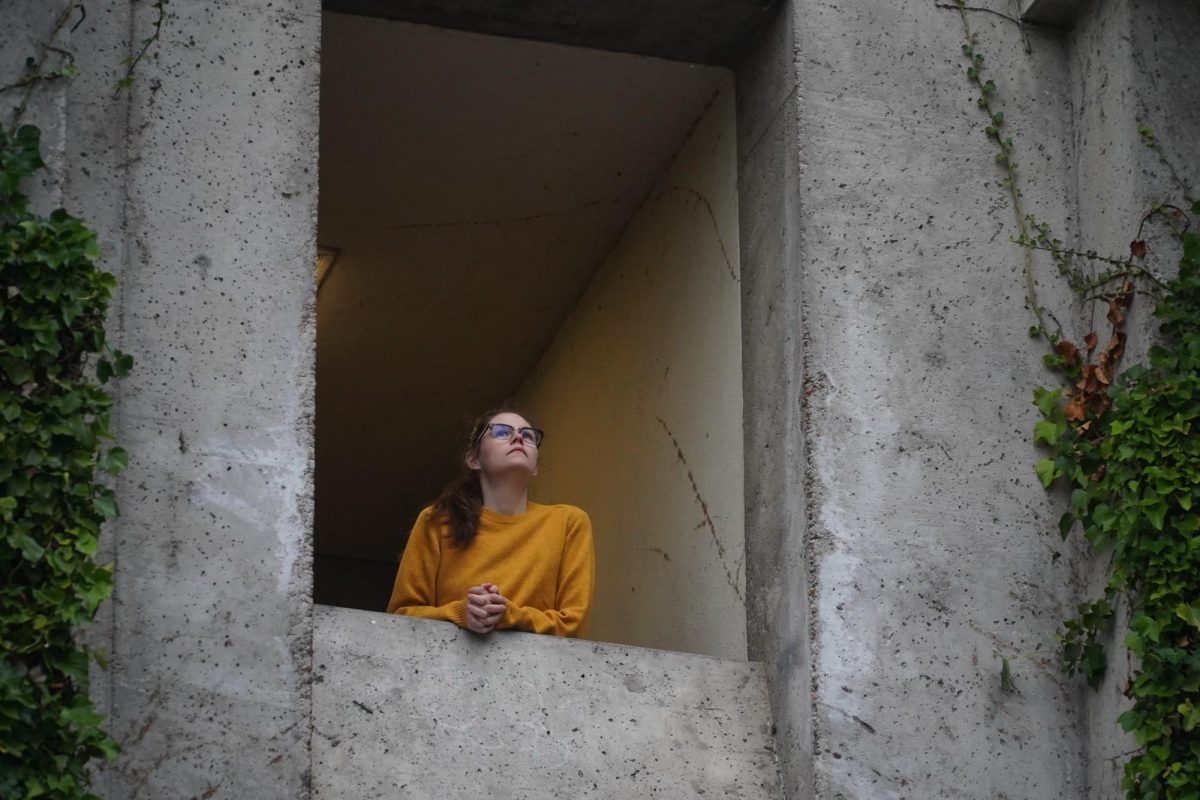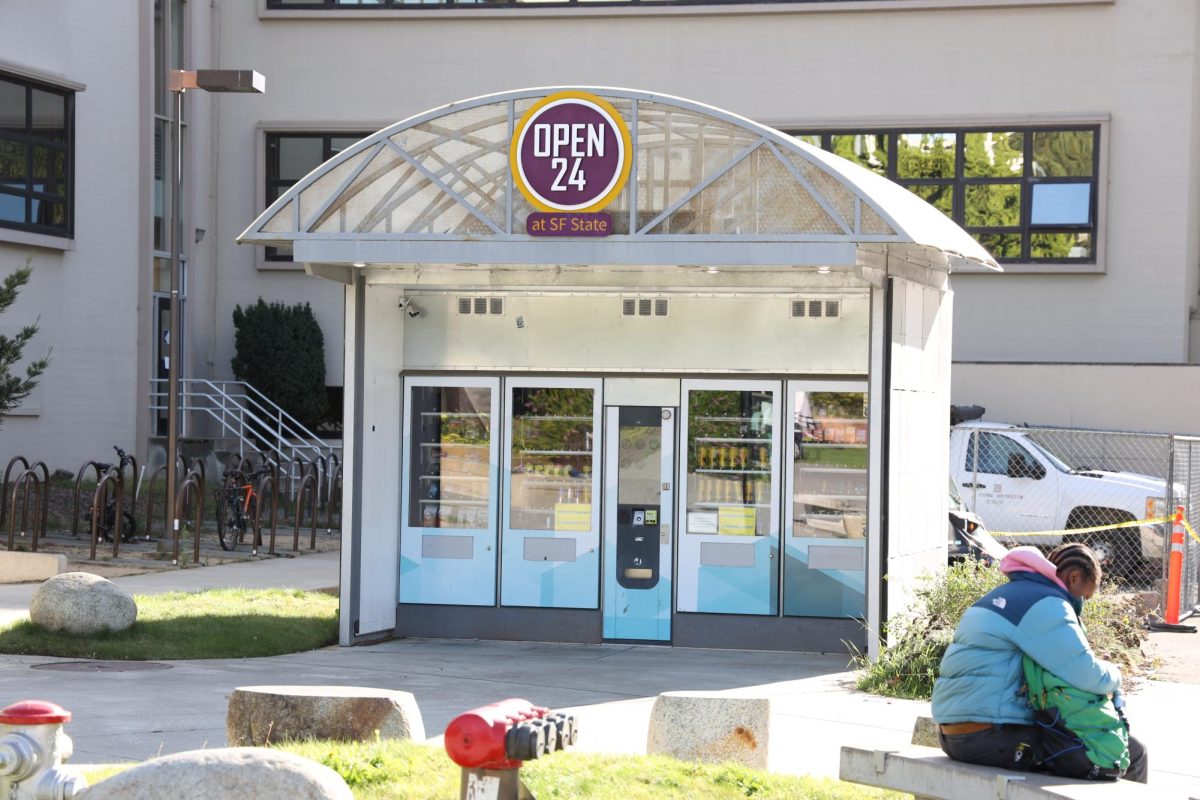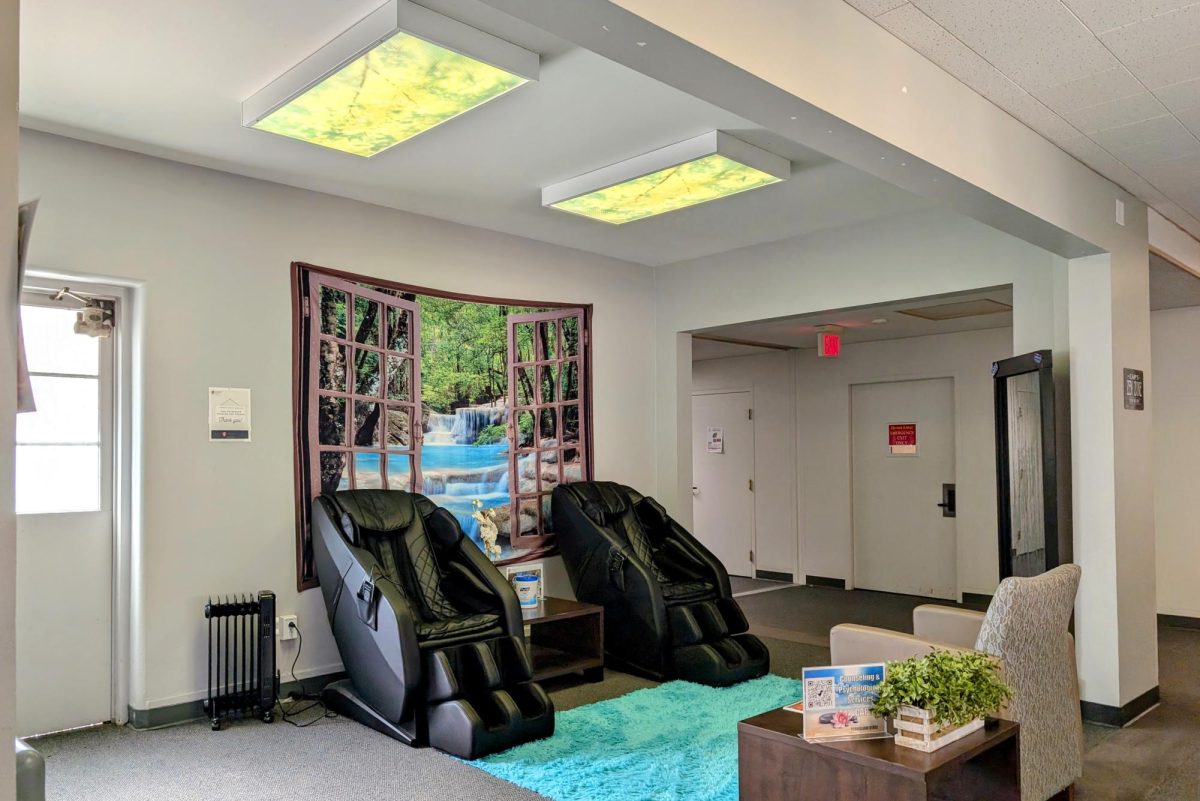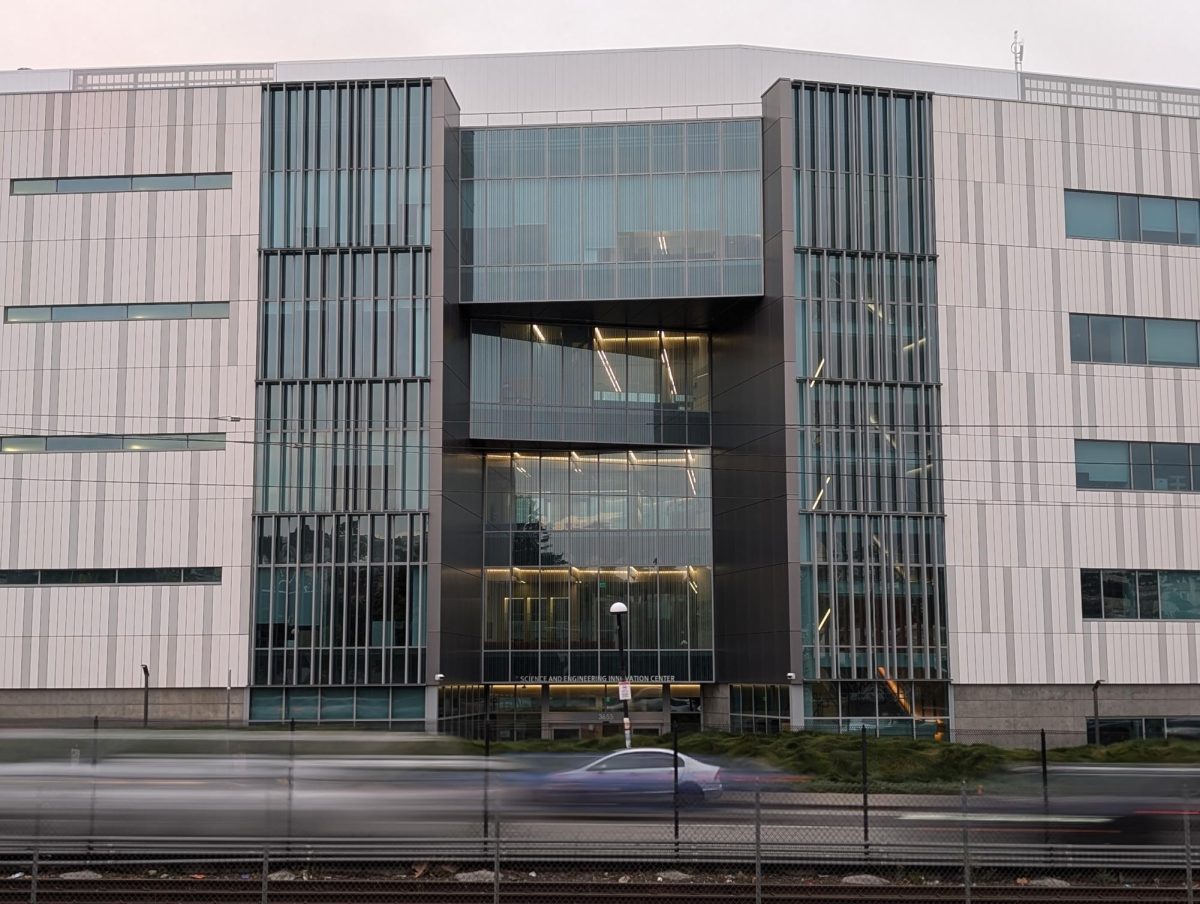The University Police Department prides itself on “delivering professional community policing with integrity and sensitivity.” As of Sept. 1, day 244 of the year, there have been 283 mass shootings in the U.S., according to data from the nonprofit Gun Violence Archive. Twenty-eight have occurred on a school campus.
On Aug. 27, an email sent out to the student body stated that there was an incident involving a handgun a few blocks away from campus at approximately 12:44 p.m. Though no one was injured and the incident technically didn’t happen on campus, the student body wasn’t notified until 5:13 p.m., causing a mix of panic and confusion among many students.
Is UPD handling campus safety and communication between students as best as they can?
There is a power struggle behind wanting information about what is happening as soon as possible and possibly coming in contact with false information because of how quickly you receive said information.
Ty Corral, a student at SF State, initially thought “It [the email] was super late but I still kind of started panicking because it was a block away from my apartment.”
Memories of the past spring semester instantly came to mind when reading the email. On Feb. 25, the student body received an email, three hours after the fact, that there was a shooting incident near campus — no other information was given. Later that night around 11 p.m., the campus experienced a power outage and in addition to the emails, the student body received phone calls to the number(s) on university records notifying them of the power outage.
A day after the shooting incident, another email from UPD was sent out stating that there was no active shooter or threat identified. Despite the message containing more information than the initial email and apologies being sent out for how UPD handled the situation, students were — right- fully — angry and displeased with UPD.
Corral happened to be on campus during the shooting and was, “only getting news from Wildfire (an app) so we weren’t sure if we had to shut down the event or go inside and we didn’t know what to tell other people because we were in charge of the event…it was a mess.”
When asked about how UPD handles notifications to the student body concerning handguns and shootings, Interim Deputy Chief of Police, Wailun Shiu said, “The University Police takes this responsibility of providing accurate information very seriously as to not cause unnecessary confusion and panic. There are, however, guidelines set in place that provide guidance on the reporting of crimes to the public.”
The Jeanne Clery Disclosure of Campus Security Policy and Campus Crime Statistics Act (Clery Act) is what provides UPD with this guidance.
“UPD takes into account two main criteria in determining whether to communicate to the community about an incident,” Shiu said. “1) Is it within the department’s primary or secondary jurisdictional boundaries? and, 2) Is there a likelihood of public safety or security concerns?”
Suggestions from the student body about how UPD can improve safety were not hard to find. Cade Pustelnik, who has been at SF State for three semesters, suggests, “more active communication for the people on campus because their job [UPD] is to protect these people on campus and if they aren’t communicating these types of incidents then people can get hurt.”
This issue with UPD goes much deeper than just complaining. The student body is being notified via calls and text messages about an event like campus phones not working or campus having a power outage. However, when incidents concerning the student body’s safety like a handgun near campus or shooting happen, emails are sent out hours and sometimes days after.
UPD has shown in the past that they can take accountability for not handling situations concerning safety correctly. But, UPD needs to find a faster and more efficient way to notify the campus when there is something as harmful as a gun or shooting, even if it is only near campus.




